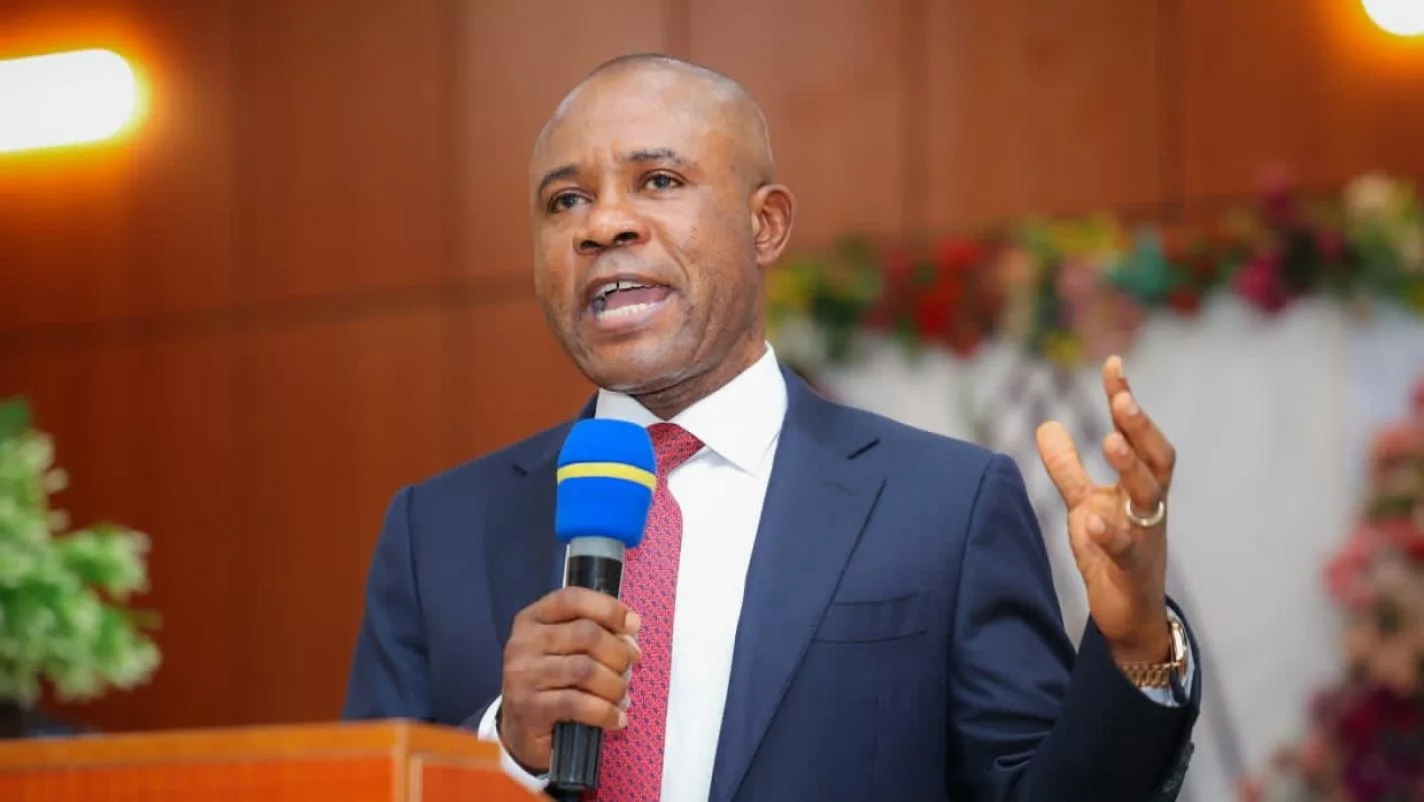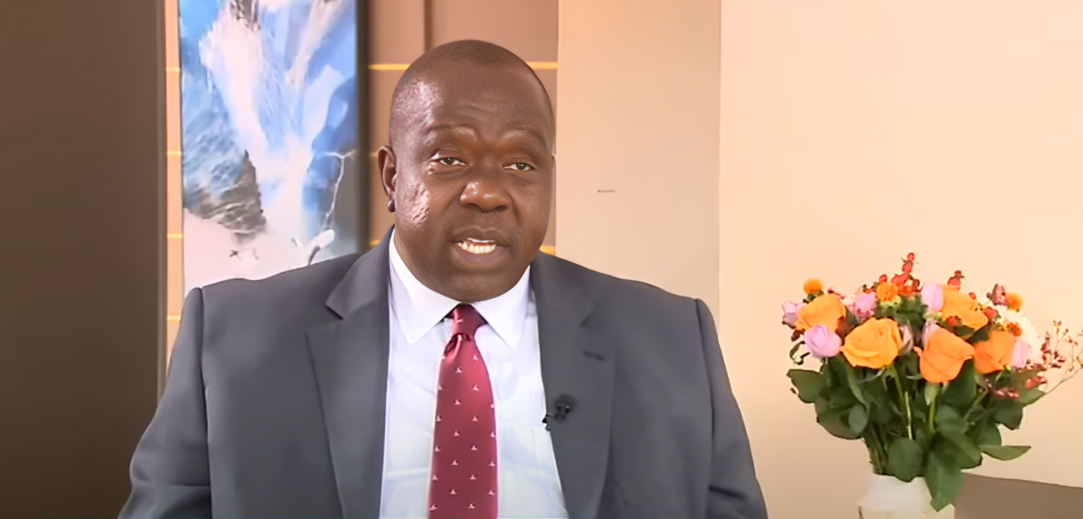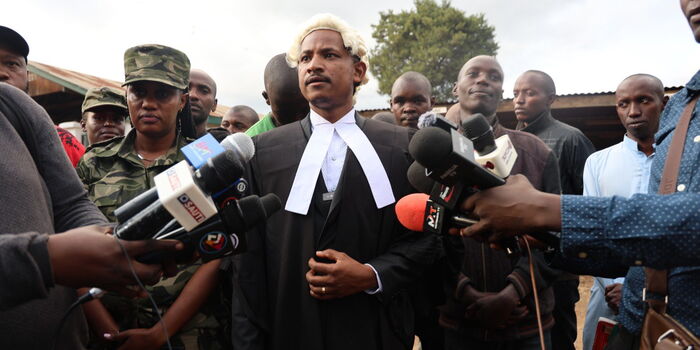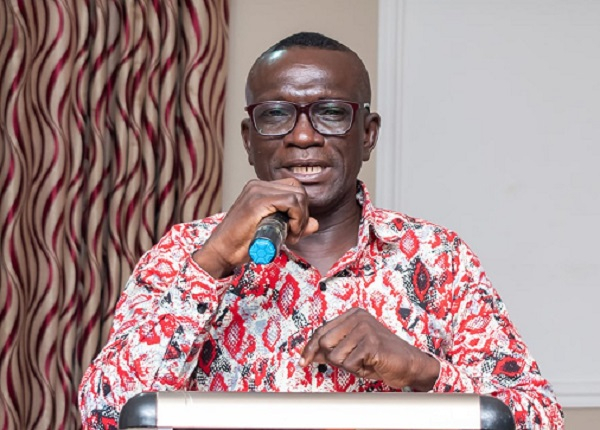The One Thing That Actually Fixed My Razor Bumps

We independently evaluate all recommended products and services. Any products or services put forward appear in no particular order. if you click on links we provide, we may receive compensation.
I’ve tried everything. New razors. High-end creams. Physical exfoliators. Sensitive-skin formulas. No matter what I used, I still ended up with razor bumps — especially along my jawline and neck.
What finally worked wasn’t some secret product. It was rethinking my routine — not just how I shaved, but how I treated my skin before and after. Here’s what finally got rid of the bumps for good.
In This Article

The main culprit. Razor bumps happen when cut hairs curl back into the skin instead of growing out. This triggers inflammation and creates red, sometimes painful bumps.
Shaving can irritate the skin, especially if you’re using dull blades or shaving too closely. This irritation makes it easier for hairs to become trapped and infected.
If your skin is dry or compromised, it’s more prone to both irritation and ingrowns. Every pass of the blade weakens the outer layer, which needs time — and care — to recover.
These are often recommended for reducing irritation, but for my skin and hair texture, they made things worse. I couldn’t control the pressure well enough, and the close cut led to more ingrowns.
They burned, dried out my skin, and offered no lasting benefit. The temporary sting didn’t equal long-term results.
Over-scrubbing made things worse. My skin felt raw, and while exfoliation is important, using gritty products only added more irritation.

What finally worked was building a system around the shave — not just the shave itself.
I started by softening the hair with warm water and applying a few drops of pre-shave oil. This added a layer of glide and reduced tugging.
I switched to a single-blade razor and later moved to a foil electric shaver for even gentler results. No pressure, no over-shaving — just enough to get a clean look without digging into the skin.
Right after shaving, I applied a salicylic acid toner to help keep pores clear and prevent ingrown hairs. Then I followed up with a calming, fragrance-free moisturizer to repair the skin barrier.
This combination — prep + precision + post-care — finally cleared up the bumps. Not overnight, but consistently over the course of a few weeks.
The solution wasn’t shaving more carefully — it was supporting my skin before and after. Razor bumps aren’t just about the blade. They’re about inflammation, pore health, and skin recovery.
If you’ve tried everything else, try building a routine that treats your skin like it needs support, not punishment. That’s what made the difference for me.
![]()
The editorial team at FashionBeans is your trusted partner in redefining modern men’s style. Established in 2007, FashionBeans has evolved into a leading authority in men’s fashion, with millions of readers seeking practical advice, expert insights, and real-world inspiration for curating their wardrobe and lifestyle.
Our editorial team combines over 50 years of collective experience in fashion journalism, styling, and retail. Each editor brings specialized expertise—from luxury fashion and sustainable style to the latest grooming technology and fragrance science. With backgrounds ranging from GQ and Esquire to personal styling for celebrities, our team ensures every recommendation comes from a place of deep industry knowledge.

SHARE ON
We independently evaluate all recommended products and services. Any products or services put forward appear in no particular order. if you click on links we provide, we may receive compensation.
I’ve tried everything. New razors. High-end creams. Physical exfoliators. Sensitive-skin formulas. No matter what I used, I still ended up with razor bumps — especially along my jawline and neck.
What finally worked wasn’t some secret product. It was rethinking my routine — not just how I shaved, but how I treated my skin before and after. Here’s what finally got rid of the bumps for good.
In This Article

The main culprit. Razor bumps happen when cut hairs curl back into the skin instead of growing out. This triggers inflammation and creates red, sometimes painful bumps.
Shaving can irritate the skin, especially if you’re using dull blades or shaving too closely. This irritation makes it easier for hairs to become trapped and infected.
If your skin is dry or compromised, it’s more prone to both irritation and ingrowns. Every pass of the blade weakens the outer layer, which needs time — and care — to recover.
These are often recommended for reducing irritation, but for my skin and hair texture, they made things worse. I couldn’t control the pressure well enough, and the close cut led to more ingrowns.
They burned, dried out my skin, and offered no lasting benefit. The temporary sting didn’t equal long-term results.
Over-scrubbing made things worse. My skin felt raw, and while exfoliation is important, using gritty products only added more irritation.

What finally worked was building a system around the shave — not just the shave itself.
I started by softening the hair with warm water and applying a few drops of pre-shave oil. This added a layer of glide and reduced tugging.
I switched to a single-blade razor and later moved to a foil electric shaver for even gentler results. No pressure, no over-shaving — just enough to get a clean look without digging into the skin.
Right after shaving, I applied a salicylic acid toner to help keep pores clear and prevent ingrown hairs. Then I followed up with a calming, fragrance-free moisturizer to repair the skin barrier.
This combination — prep + precision + post-care — finally cleared up the bumps. Not overnight, but consistently over the course of a few weeks.
The solution wasn’t shaving more carefully — it was supporting my skin before and after. Razor bumps aren’t just about the blade. They’re about inflammation, pore health, and skin recovery.
If you’ve tried everything else, try building a routine that treats your skin like it needs support, not punishment. That’s what made the difference for me.
![]()
The editorial team at FashionBeans is your trusted partner in redefining modern men’s style. Established in 2007, FashionBeans has evolved into a leading authority in men’s fashion, with millions of readers seeking practical advice, expert insights, and real-world inspiration for curating their wardrobe and lifestyle.
Our editorial team combines over 50 years of collective experience in fashion journalism, styling, and retail. Each editor brings specialized expertise—from luxury fashion and sustainable style to the latest grooming technology and fragrance science. With backgrounds ranging from GQ and Esquire to personal styling for celebrities, our team ensures every recommendation comes from a place of deep industry knowledge.











